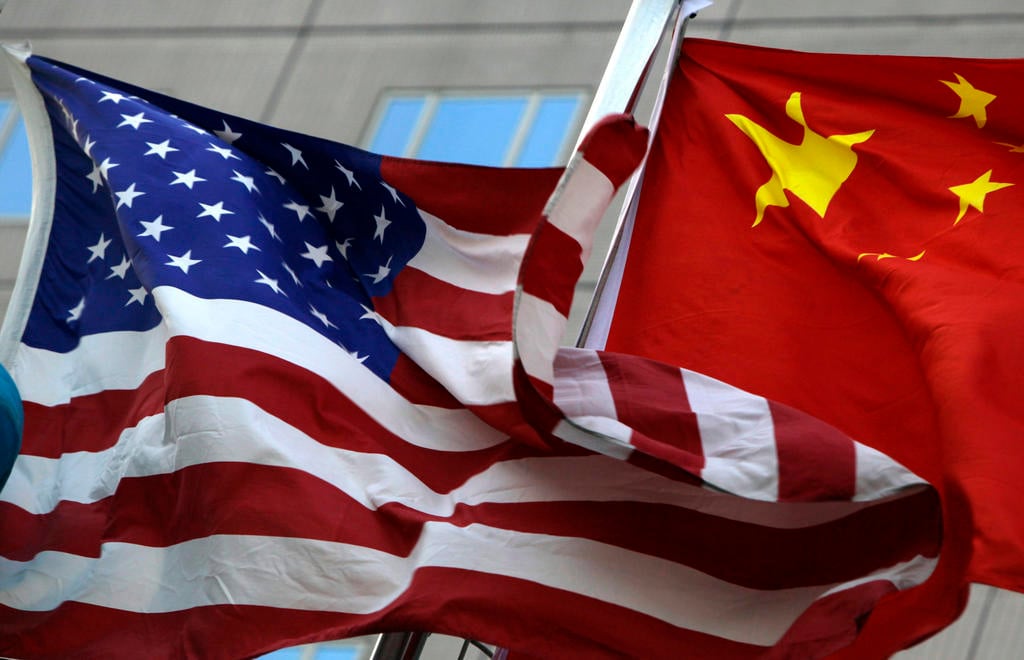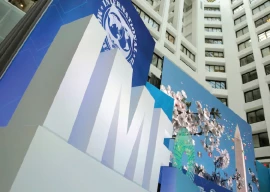
As China voted against the US resolution at the United Nations Security Council (UNSC) to extend sanctions on Iran, the arms embargo on Tehran will now expire in October.
This comes at a time when China and Iran have finalised a 25-year-long security and economic partnership - with Chinese investment projected to exceed $400 billion. China has also tentatively agreed to purchase crude oil from Iran, at considerably reduced rates, over the next three decades.
This worries the US foreign policy establishment for many reasons. Firstly, Beijing is trying to dominate the world order and is increasingly squeezing the diplomatic and strategic space for the US in Asia and Africa.
Secondly, this deal might offer a pragmatic solution to China’s “Malacca Dilemma”. Historically, the Strait of Malacca is China’s energy lifeline as almost entire maritime oil imports by Beijing move through a narrow waterway, which is vulnerable to blockades by the United States Pacific Fleet.
Thirdly, China’s plan to expand Iranian Chabahar Port implies Beijing will have access to the Strait of Hormuz, which could threaten shipments from the Middle East to Asia-Pacific.
US and China announce tariff rollback deal
Think tanks in Washington also believe that if China develops the Iranian Jask Port, it will help Tehran bypass Hormuz altogether – an option that the Sino-Iranian alliance might exercise in case it chokes oil shipments from Hormuz to Asia-Pacific countries such as Japan.
Lastly, there are reports that oil trade between China and Iran might be denominated in yuan instead of US dollar, which will help Beijing to internationalise its currency.
However, the United States seems to have misread the geopolitical calculus and Washington’s fears over an emerging anti-US Sino-Iranian axis or a Sino-Iranian-Russian triangle are unwarranted.
Historically, China’s approach towards Iran has been to avoid making hard commitments with a belief that “carrots” and not “sticks” will help increase its geopolitical influence in Asia.
In fact, Beijing is keen to build new strategic networks with infrastructure-hungry countries, whether it is Sri Lanka, Iran or Nepal, and in Iran, it has found a cornered tiger desperate for financial assistance. However, there is little chance that China will side with Iran against major Gulf oil-producing countries as Saudi Arabia remains the biggest oil exporter to China.
Whether China will actually purchase significant quantities of Iranian oil in violation of international sanctions remains an open question and odds are that this would be happening on the twelfth of never.
Concerns regarding yuan-denominated trade between China and Iran are uncalled for and instead it is the agreement between Russian oil giant Rosneft and China to price all export contracts in euro which is challenging the global dominance of US dollar.
Retaliatory moves
In retaliation to this pro-Iranian move by China, the US has brokered a deal between the UAE and Israel to enhance security cooperation against regional threats, especially from Iran.
At the same time, the US stance on Taïwan is signalling a powerful political intent. A recent visit by an American cabinet secretary to Taïwan has resulted in resumption of talks for a bilateral trade agreement and potential sale of advanced US torpedoes.
However, such moves by the US seem to be mere eyewash and an attempt to use Taïwan as a bargaining chip. Over the past 30 years, the US has maintained an ambiguous position on Taïwan and has inadvertently supported “One China” policy, and this time is no different.
The escalating US-China tensions
Growing negative sentiment among American voters about Chinese products amid Covid-19 has pushed Trump for an election strategy to appear tough on China and has unleashed pro-Taiwan actors in his establishment for the time being.
The hypothesis that the staged trade war is an election stunt is supported by the fact that despite tariffs and Covid-19 pandemic, China’s exports to the US are back to pre-trade war levels.
Despite all talk of decoupling Chimerica, the era of deindustrialisation in America, fuelled by massive cheap imports from China, is far from over.
At a time when global trade is down, China’s export numbers are strong and its current account surplus is increasing – thanks to low prices for oil. China is also picking up its US purchases of soybeans after a bad harvest drove up Brazilian soybean prices to $385 per ton in contrast to the US soy price of $362 per ton.
However, this is market-driven behaviour and not dictated by the US-China Phase 1 trade deal. With China’s trade surplus in July above $700 billion, the trade deal to keep trade imbalances in check is as irrelevant as it gets.
The writer is a Cambridge graduate and is working as a strategy consultant
Published in The Express Tribune, August 24th, 2020.
Like Business on Facebook, follow @TribuneBiz on Twitter to stay informed and join in the conversation.


1732071267-0/lana-(2)1732071267-0-165x106.webp)
1727242355-0/Diddy-(1)1727242355-0-165x106.webp)

1732063440-0/elon-(3)1732063440-0-165x106.webp)












COMMENTS
Comments are moderated and generally will be posted if they are on-topic and not abusive.
For more information, please see our Comments FAQ